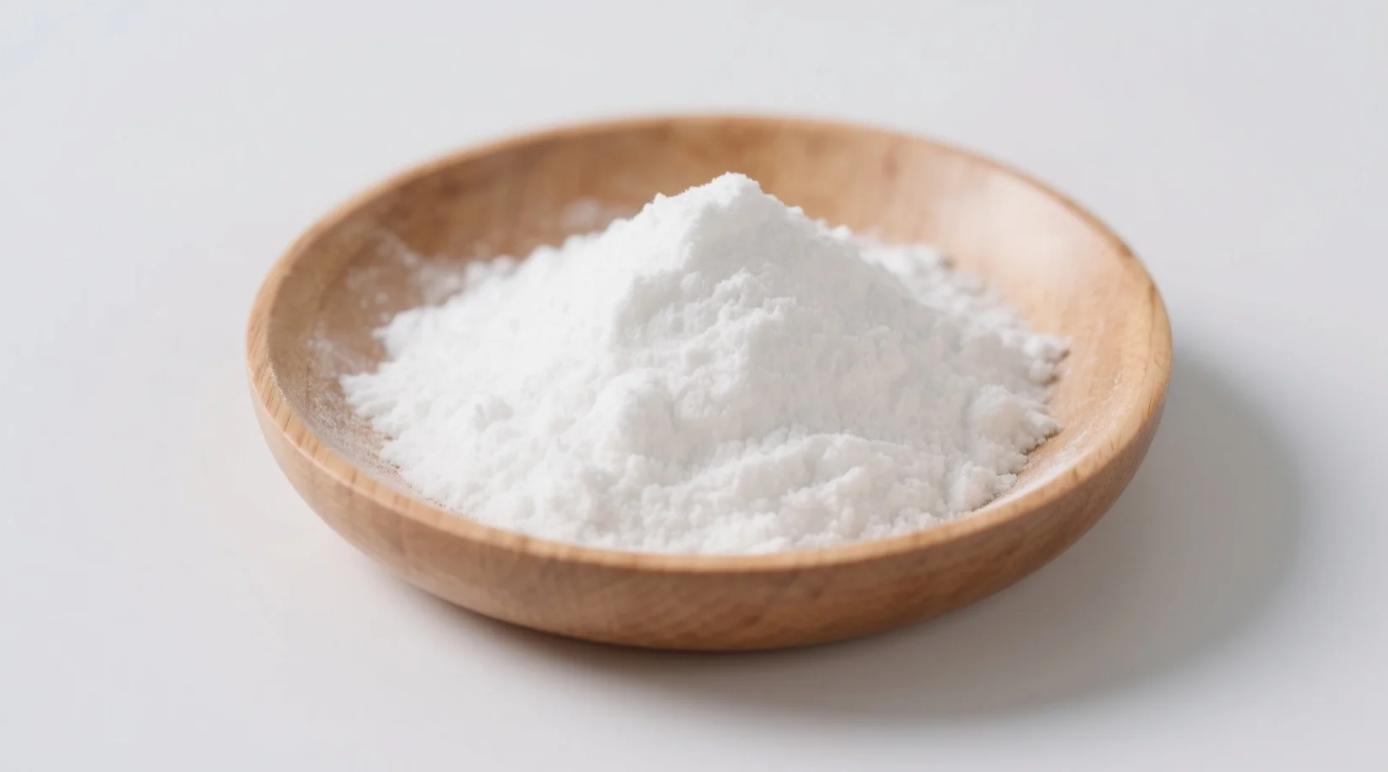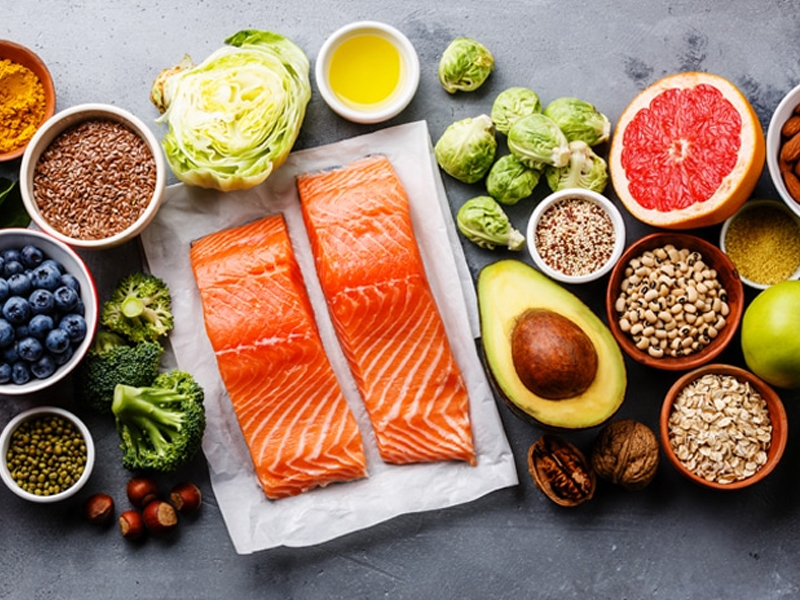Mung beans are versatile superstars in Asian cuisine, but their two most popular forms—mung bean starch and mung bean flour—often cause confusion. While both come from the same humble legume, their uses, nutrition, and processing differ wildly. Let’s break down their unique roles in your kitchen and why organic mung bean starch powder is a pantry game-changer.
Mung Bean Starch vs. Flour: A Head-to-Head Breakdown
| Factor | Organic Mung Bean Starch | Mung Bean Flour |
|---|---|---|
| Source | Extracted from soaked/fermented beans | Whole dried beans ground into powder |
| Texture | Fine, silky, translucent | Coarse, gritty, opaque |
| Key Components | Pure starch (no protein/fiber) | Protein (24%), fiber (16%), starch |
| Gluten-Free? | Yes | Yes |
| Glycemic Index (GI) | Low (35) | Moderate (45) |
| Common Uses | Thickening, noodles, desserts | Baking, pancakes, flatbreads |
3 Reasons to Choose Organic Mung Bean Starch Powder
1. Culinary Magic
- Crystal Noodles (Liangpi): Creates chewy, translucent noodles perfect for cold salads.
- Crispy Coatings: Toss tofu or veggies in starch before frying for a shatter-crunch texture.
- Dairy-Free Pudding: Sets smoothly without gelatin or eggs (great for vegan custards).
2. Gut-Friendly & Low-GI
With resistant starch (prebiotic fiber formed during fermentation), it feeds beneficial gut bacteria and stabilizes blood sugar—ideal for diabetics or keto diets.
3. Allergy-Safe
No gluten, nuts, or soy. Safe for celiacs and most food-sensitive folks.
Why “Organic” Matters for Starch
Non-organic mung beans are often treated with glyphosate and synthetic fertilizers. Certified organic mung bean starch powder ensures:
✅ Zero pesticide residues (linked to gut microbiome disruption)
✅ Non-GMO processing (some mung beans are genetically modified for higher yields)
✅ Traditional fermentation (enhances resistant starch content)
When to Use Mung Bean Flour Instead
- Baking: Adds protein and fiber to gluten-free breads or crepes.
- Binding: Use in veggie burgers or falafel (starch alone won’t hold shape).
- Nutty Flavor: Enhances savory dishes like dosa or Korean pancakes (bindaetteok).
Organic mung bean starch powder and flour are culinary cousins, not twins. Starch shines in delicate, glossy recipes requiring structure without heaviness. Flour brings earthy flavor and nutrition to hearty dishes. For gut health and blood sugar control, starch takes the crown—but keep both in your pantry for maximum versatility.
Recommended Product
Organic Mung Bean Starch
Premium Gluten-Free Thickener & Texture Enhancer for Food and Industrial Applications


